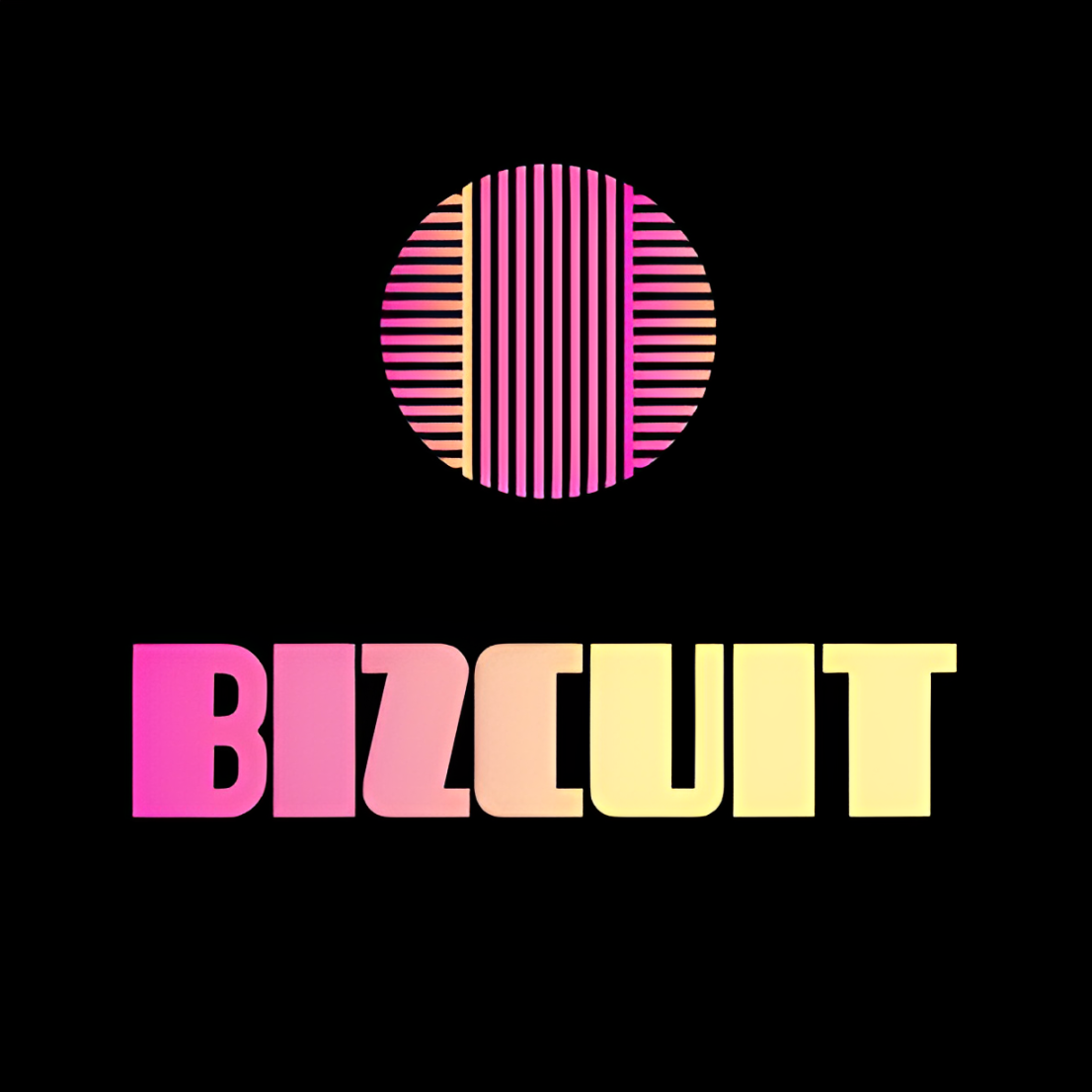Introduction
In an ever-changing business landscape, project managers wear many hats. They juggle a myriad of tasks to keep projects moving smoothly. But let’s face it: sometimes it feels like herding cats! Understanding the best practices in project management is essential to alleviate this chaos and steer projects towards success. Whether you’re a seasoned pro or just starting, grasping these techniques will help you manage your projects like a maestro conducting a symphony.
Understanding the Key Concepts
Before diving into the nitty-gritty, let’s clarify the cornerstones of project management. These include understanding project scope, setting realistic timelines, balancing resources, and using effective communication. With the right tools and techniques, mastering these elements can be simpler than you think.
Project Scope
Project scope defines the project’s goals, deliverables, and boundaries. A clear scope prevents scope creep, which can derail a project. For instance, a project to develop a mobile app should specify features, user interfaces, and deadlines.
Realistic Timelines
Setting realistic timelines helps manage expectations. Unrealistic timelines lead to rushed work and mistakes. Break projects into smaller tasks. Assign reasonable deadlines to each task. For example, if building a website, design, development, and testing should have their own timelines.
Resource Balancing
Optimizing resources ensures efficient work. Know your team’s strengths and assign tasks accordingly. Use project management tools to track availability. For instance, if one developer excels in front-end work, assign them front-end tasks. This keeps everyone working at their best.
Effective Communication
Good communication is the backbone of project success. Use clear, direct language when communicating with your team. Hold regular meetings. Use collaboration tools for updates and file sharing. Effective communication ensures everyone remains informed and engaged.
Leveraging the Best Project Management Software
Using the best project management software can be a game-changer. These tools streamline processes, improve collaboration, and ensure everyone stays on the same page. From affordable project tracking software to comprehensive project portfolio management tools, the right software caters to diverse needs and budgets.
Features to Look for in Project Management Software
User-Friendly Interface
A user-friendly interface ensures a low learning curve. This allows teams to get started quickly without wasting time deciphering complex tools.
Customizable Dashboards
Tailor dashboards to reflect the most critical metrics for your project. Custom dashboards offer quick insights into project status and performance.
Collaboration Tools
Features like chat, file sharing, and real-time updates keep everyone in the loop. This fosters better team coordination and productivity.
Gantt Charts
Visualize timelines and dependencies effortlessly. Gantt charts make it easy to see what tasks need attention and when.
Budget Management
Keep track of expenses to avoid dreaded budget overruns. Budget management tools help monitor costs and adjust resources as needed.
Embrace Agile Methodologies
Agile isn’t just a buzzword—it’s a philosophy that can revolutionize your project management. Incorporating top agile project management tools can lead to more adaptable and resilient projects.
Agile Best Practices
Regular Stand-ups
Short, daily meetings keep everyone informed and focused. These meetings quickly address issues and deliver progress updates.
Sprints
Break projects into manageable chunks with defined goals and deadlines. Sprints allow teams to focus on short-term goals.
Backlogs
Maintain a prioritized list of tasks to keep everyone focused on priorities. A well-managed backlog ensures that critical tasks get attention.
Retrospectives
Reflect on what worked and what didn’t. Continuous improvement is core to Agile. Retrospectives help teams learn from mistakes and build on successes.
Pursue Project Management Certification Courses
Sometimes, the best way to up your game is through formal education. Project management certification courses provide advanced knowledge and skills, making you more competent and confident.
Types of Certifications
PMP (Project Management Professional)
Widely recognized, it covers all aspects of project management. PMP certification validates your ability to lead and manage projects.
PRINCE2 (Projects IN Controlled Environments)
Focuses on processes and control levels. PRINCE2 offers a structured approach, emphasizing dividing projects into manageable stages.
Certified ScrumMaster (CSM)
Ideal if you’re leaning towards Agile and Scrum methodologies. CSM certification demonstrates your expertise in Scrum practices.
Employ Effective Project Tracking Techniques
Effective tracking allows you to stay on top of your projects and make necessary adjustments in real time.
Tips for Effective Tracking
Set Clear Milestones
Break the project into stages and define clear milestones. This helps track progress and keeps the team motivated to reach the next milestone.
Use Gantt Chart Software
These charts visualize project timelines. They help in understanding task dependencies and identifying potential delays.
Regular Updates
Keep all stakeholders informed through regular status updates. Use emails or project management tools to share these updates.
Feedback Loops
Encourage team members to provide feedback, ensuring continuous improvement. Feedback helps identify issues early and refine processes.
Optimize Resource Allocation
Effective resource allocation is like putting together a puzzle. You want each piece—the right team member, tool, or material—to fit perfectly.
Strategies for Optimizing Resource Allocation
Understand Skills and Strengths
Map out your team’s skills and assign tasks accordingly. Use skill matrix tools to visualize and optimize resource allocation.
Prioritize Projects
Not all projects have equal urgency—allocate resources based on priority. A priority matrix helps determine the urgency and importance of each project.
Balance Workloads
Make sure workloads are evenly distributed to prevent burnout. Resource leveling techniques help distribute tasks evenly.
Utilize Project Portfolio Management Tools
These tools manage multiple projects by offering a holistic view of resources and schedules. They help balance resources across projects and avoid overallocation.
Foster a Collaborative Environment
The power of teamwork can never be overstated. Using top project collaboration tools can strengthen communication and build a unified team effort.
Building Collaboration
Regular Check-ins
Schedule frequent meetings or use communication platforms for quick updates. This helps maintain open lines of communication.
Centralized Documentation
Ensure all documents are available in a centralized location. Cloud-based storage solutions work well for this.
Transparent Communication
Always encourage openness and transparency. Foster an environment where team members feel comfortable sharing ideas and concerns.
Recognition and Feedback
Acknowledge good work and provide constructive feedback. Recognition boosts morale, while constructive feedback drives improvement.
Conclusion
There you have it—the crème de la crème of project management wisdom. By leveraging the best project management software, embracing Agile methodologies, obtaining necessary certifications, mastering effective tracking techniques, optimizing resource allocation, and fostering a collaborative environment, you’ll be well on your way to project management stardom.
Remember, effective project management isn’t about doing more; it’s about doing things the right way. So go ahead, implement these best practices, and watch your projects soar to new heights.
Sources:
Project Management Institute (PMI)
American Management Association (AMA)
Agile Alliance
Harvard Business Review
Journal of Project Management










